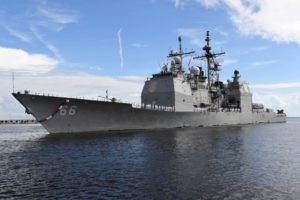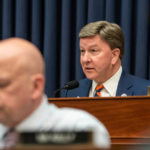
The Senate Armed Services Committee’s (SASC) version of the FY ‘22 defense authorization bill would direct the Navy to present a force structure assessment to Congress within six months of major changes. Within 180 days of "covered events," the Chief of Naval Operations would have to submit a battle force assessment and requirement to the congressional defense committees within 180 days. According to the bill, covered events means a “significant change” to strategic guidance resulting in changes to theater campaign…

 By
By 











